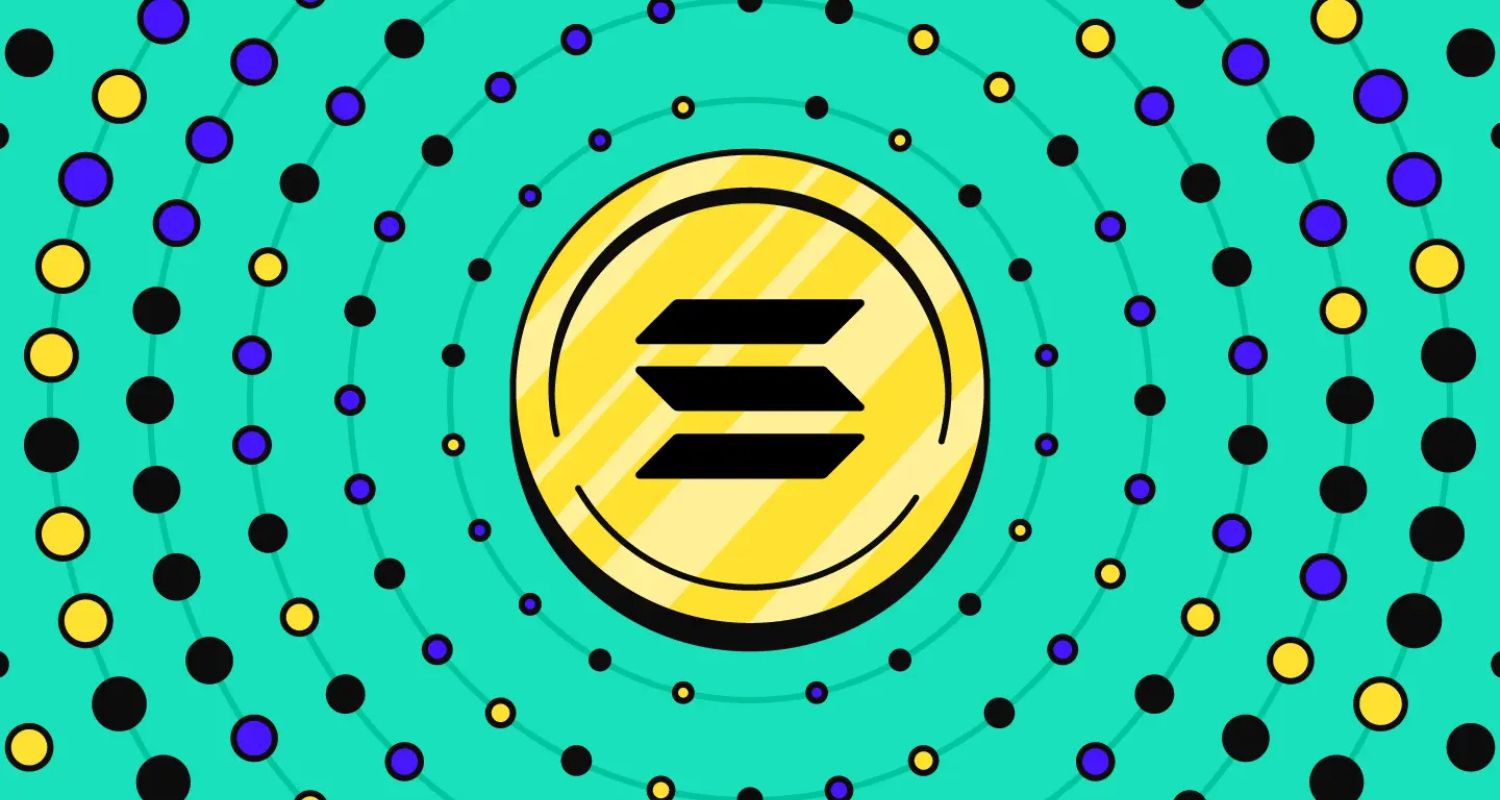Cleaning Your Solana Wallet: Sol Incinerator vs Doing It Manually

The Solana blockchain is known for its speed, scalability and growing ecosystem of DeFi, NFT and gaming apps. But with this growth comes clutter, especially in your wallet.
If you’ve interacted with Solana dApps, chances are your wallet is filled with spam tokens, abandoned NFTs, or remnants of old airdrops. This clutter can slow down wallet performance and even pose a security risk. The good news is: you can clean it up.
In this guide, we’ll compare two approaches to cleaning your Solana wallet: using Sol Incinerator or doing it manually.
Table of Contents
- Why Clean Your Solana Wallet?
- Method 1: Using Sol Incinerator
- What Is Sol Incinerator?
- Method 2: Manual Wallet Cleanup
- How to Manually Clean a Solana Wallet
- Feature Comparison Table
- Which One Should You Use?
- Tips for Safe Wallet Maintenance
- Conclusion
- FAQs
Why Clean Your Solana Wallet?
Cluttered Solana wallets aren’t just annoying—they can lead to:
- Slower wallet loading times
- Security vulnerabilities from scam or malicious tokens
- Transaction errors due to hidden or outdated token accounts
- Difficulty tracking actual balances amidst junk tokens
Keeping your wallet tidy ensures smoother use of DeFi protocols, NFT platforms and token swaps.
Method 1: Using Sol Incinerator
What Is Sol Incinerator?
Sol Incinerator is a community-developed Solana tool designed to burn unwanted tokens from your wallet. It lets you quickly remove spam airdrops and empty token accounts that no longer serve a purpose.
Pros of Using Sol Incinerator
- One-click cleanup: You can remove dozens of tokens in seconds.
- User-friendly interface: Designed for beginners and power users alike.
- Safe and open-source: Popular in the Solana ecosystem and vetted by devs.
- Low SOL fees: Burning tokens costs just a small transaction fee (usually < 0.002 SOL).
How It Works
- Visit solincinerator.com or the tool’s GitHub mirror.
- Connect your Solana wallet (e.g., Phantom, Solflare).
- Select the tokens you want to burn.
- Approve the transaction and clean your wallet.
Limitations
- Doesn’t remove NFTs (only fungible tokens).
- Requires wallet connection, so always double-check the URL to avoid phishing.
- May not support every custom token or account format.
Method 2: Manual Wallet Cleanup
If you prefer full control, you can manually remove unwanted tokens and accounts using your wallet or CLI tools.
How to Manually Clean a Solana Wallet
- Identify spam tokens via your wallet interface (e.g., Phantom).
- Revoke token approvals using tools like Solana Explorer or [solanabeach.io].
- Close empty token accounts using:
- Solana CLI
- Advanced wallet settings (e.g., Phantom → Settings → “Manage Token Accounts”)
- Solana CLI
- Transfer or burn assets if needed.
Pros of Manual Cleanup
- Full control over what you remove or keep.
- You can clean both tokens and NFTs.
- No need to trust third-party dApps.
Limitations
- Time-consuming: Removing each token manually is slow.
- Requires technical know-how: CLI steps aren’t beginner-friendly.
- Error-prone: Mistakenly removing or burning a token can’t be undone.
Feature Comparison Table
| Feature | Sol Incinerator | Manual Cleanup |
| Ease of Use | Very easy | Requires technical steps |
| Token Support | Fungible tokens only | Tokens and NFTs |
| Safety | Community-trusted | Full self-control |
| Cleanup Speed | Instant (bulk delete) | Slower (one by one) |
| Fee | Minimal (per burn) | Minimal (per account close) |
| Skill Level | Beginner-friendly | Intermediate to advanced |
Which One Should You Use?
- Use Sol Incinerator if:
You want a fast, secure and automated way to burn junk tokens from your wallet with minimal hassle.
- Use manual cleanup if:
You’re comfortable with Solana wallet internals or CLI tools and want granular control, especially if cleaning NFTs or sensitive accounts.
Tips for Safe Wallet Maintenance
- Always double-check URLs before connecting your wallet to any dApp.
- Never sign suspicious transactions or blindly approve token transfers.
- Keep your wallet updated with the latest versions of Phantom, Solflare, or Backpack.
- Periodically review wallet permissions and token balances.
Conclusion
Keeping your Solana wallet clean isn’t just about aesthetics, it’s a critical step for better performance, security and peace of mind. Whether you opt for the simplicity of the Sol Incinerator or the precision of manual cleanup, both methods have their place, depending on your comfort level and goals.
In a fast-moving ecosystem like Solana, a tidy wallet is a healthy wallet.
FAQs
1. Why should I clean my Solana wallet?
Cleaning your Solana wallet helps remove spam tokens, improves wallet speed, reduces confusion, and minimizes exposure to potential phishing or scam tokens.
2. Is Sol Incinerator safe to use?
Yes, Sol Incinerator is a community-trusted tool used to burn unwanted tokens. However, always ensure you're on the official site and review each transaction before approving it.
3. Can I remove NFTs with Sol Incinerator?
No, Sol Incinerator is designed for fungible SPL tokens. To remove NFTs, you'll need to manually delete or transfer them using your wallet or another cleanup tool.
4. Does cleaning my wallet cost SOL?
Yes, both Sol Incinerator and manual cleanup methods incur a small network fee in SOL for burning tokens or closing token accounts.
5. What's the advantage of manual cleanup?
Manual cleanup gives you full control over what you remove, supports both tokens and NFTs, and doesn’t require connecting to external apps—but it's more time-consuming.


